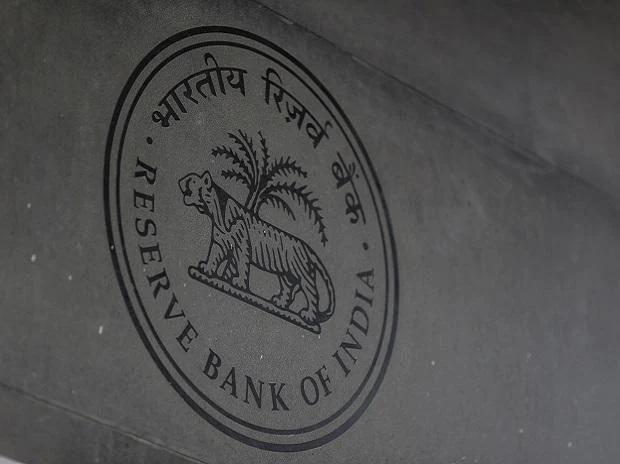[ad_1]
The Reserve Bank of India’s recent norms on digital lending aim to strike a balance between innovation and inclusion while ensuring that regulatory arbitrage is not exploited to the detriment of customer interest, said Deputy Governor M Rajeshwar Rao.
“Another underlying theme of this regulatory framework is that the onus of complying with the regulatory guidelines rests squarely with the regulated entities and they will have to ensure that the loan service facilitator and the digital lending apps with whom they have outsourcing tie-ups function within regulatory ecosystem not just in letter but also in spirit,” Rao said at an event organised by Assocham on Thursday.
On August 10, the RBI issued guidelines for digital lending in a bid to mitigate concerns from credit delivery through such lending. The guidelines aimed to firm up the regulatory framework for such activities. The RBI has specified that the lending business can only be carried out by entities regulated by it or those permitted under law.
The central bank has divided digital lenders into three groups: entities it regulates and are permitted to carry out lending; entities authorised to carry out lending according to other statutory/ regulatory provisions but not regulated by the RBI, and entities lending outside the purview of any statutory/ regulatory provision.
Last week, the central bank said that regulated entities engaged in credit delivery through digital lending have time till November 30 to comply with norms for existing digital loans.
However, for new and existing customers availing of fresh loans, these norms will be applicable immediately.
“With the expansion of digital lending various concerns have also emerged. These primarily relate to the unbridled engagement of third parties, mis-selling, breach of data privacy, unfair business conduct, exorbitant interest rates and unethical recovery practices,” Rao said.
“As a pre-emptive measure, the Reserve Bank came out with a circular in June 2020 wherein it was advised that the digital lending platform shall disclose the name of the bank and the NBFC upfront on whose behalf you are providing credit, ensure that the sanction letter is on the letterhead of the bank and NBFC concerned and the banks and NBFCs in turn ensure adequate oversight over the digital lending platforms,” he said.
After RBI released the guidelines, financial technology companies have expressed concerns about the impact on their operations as the central bank seeks to tighten regulatory norms.
These guidelines are for the first category, or entities regulated by the RBI. As for other entities which are part of the second and the third categories, the RBI has asked respective regulator/ controlling authority/ the central government to formulate guidelines based on the recommendations of the working group on this subject it had formed back in January 2021.
For RBI-regulated entities (REs), their lending service providers (LSPs), and digital lending apps (DLAs) of REs, the central bank has mandated that all loan disbursals and repayments are required to be executed only between the bank account of the borrower and the RE, without any pass-through/ pool account of the LSP or any third party.
[ad_2]
Source link



